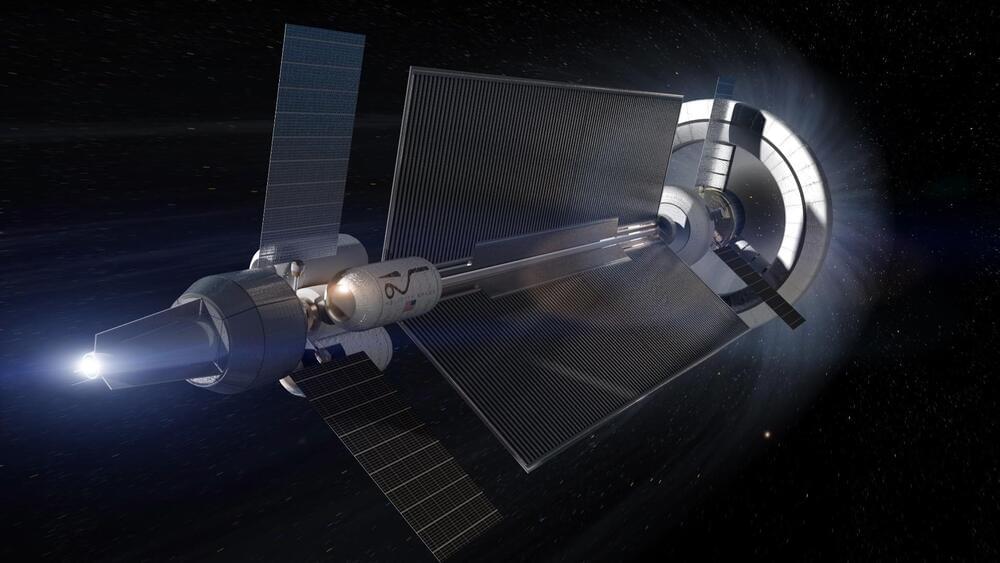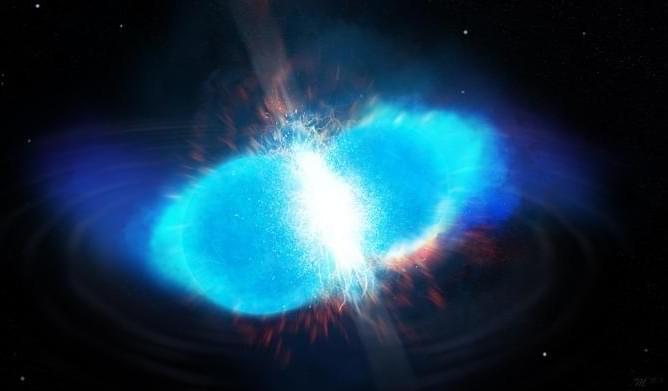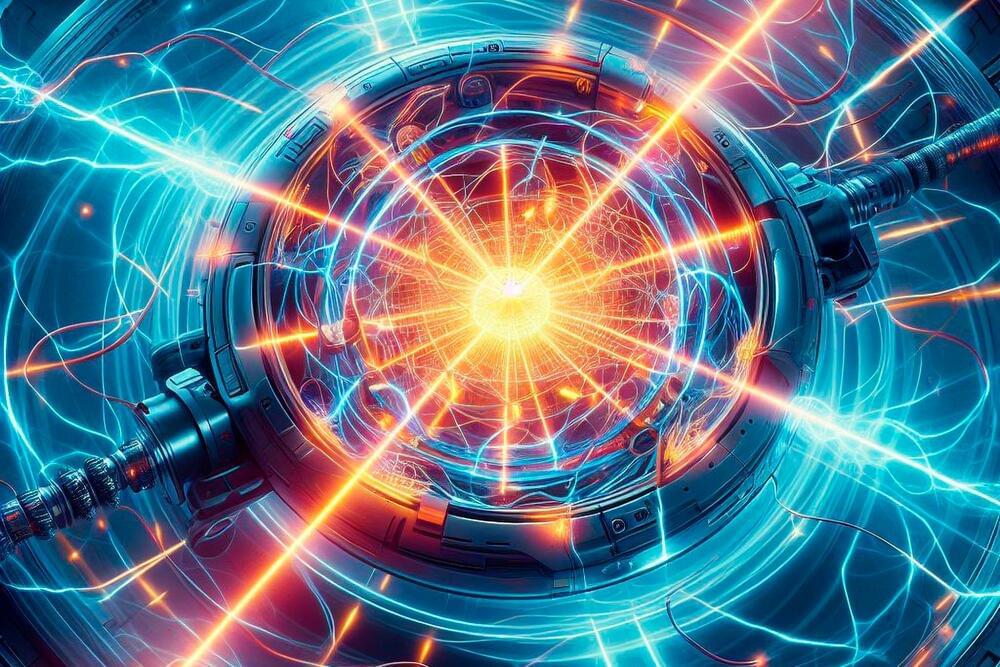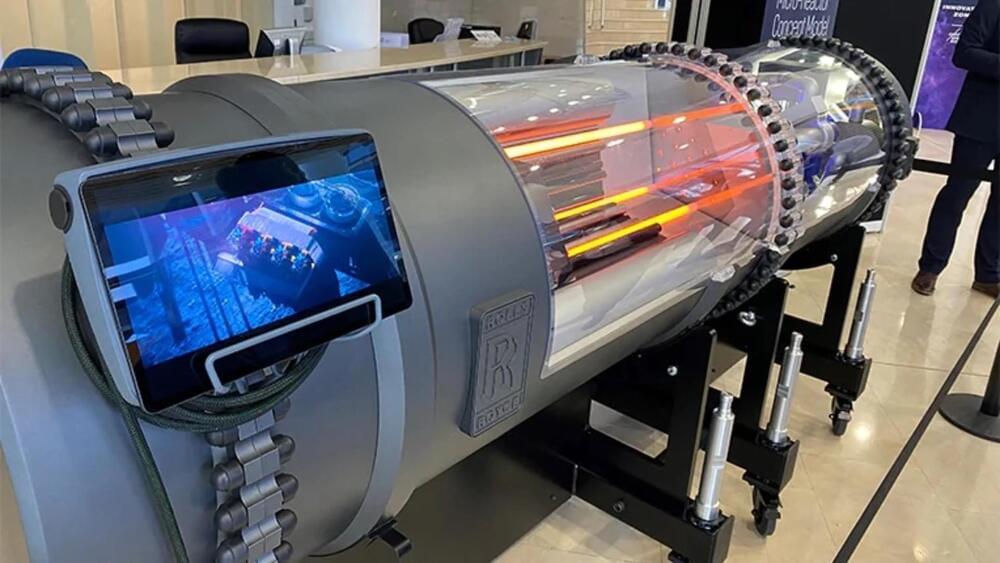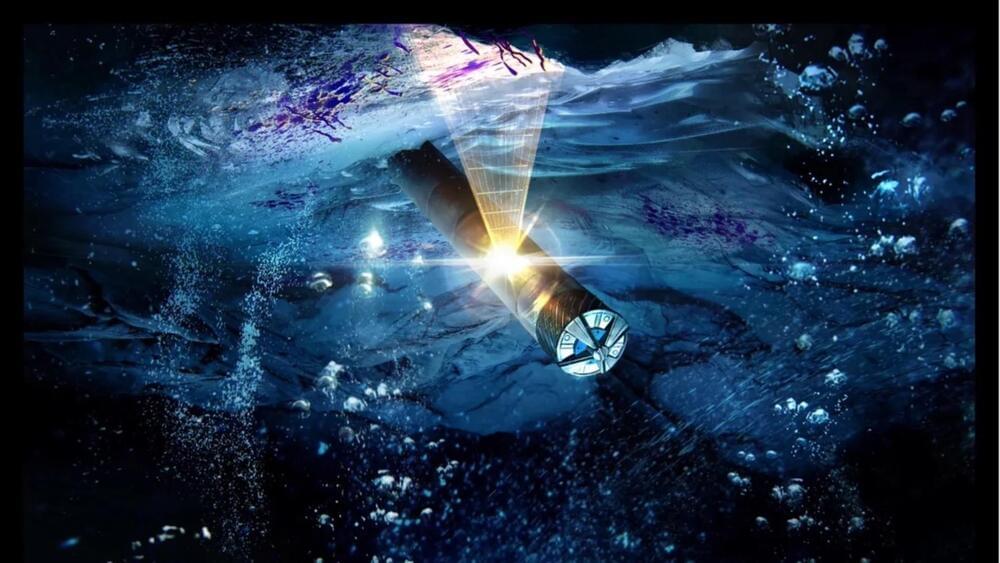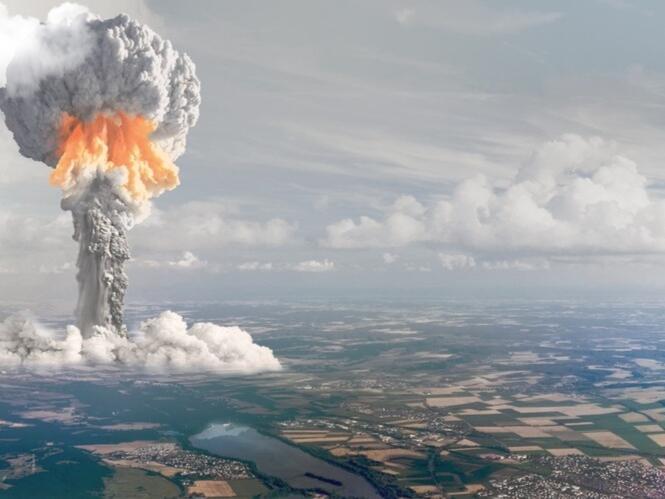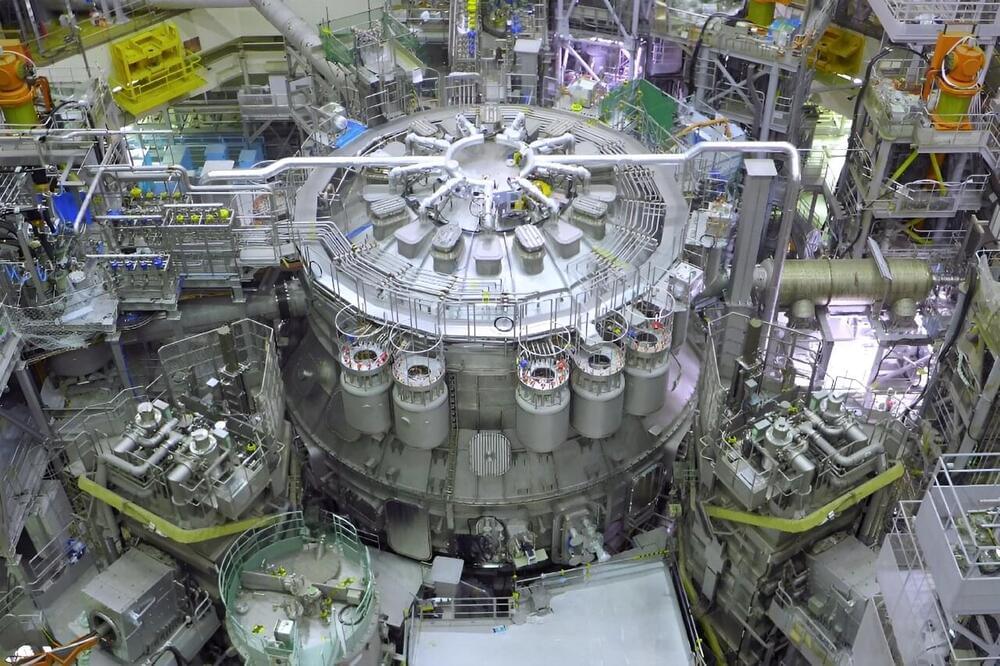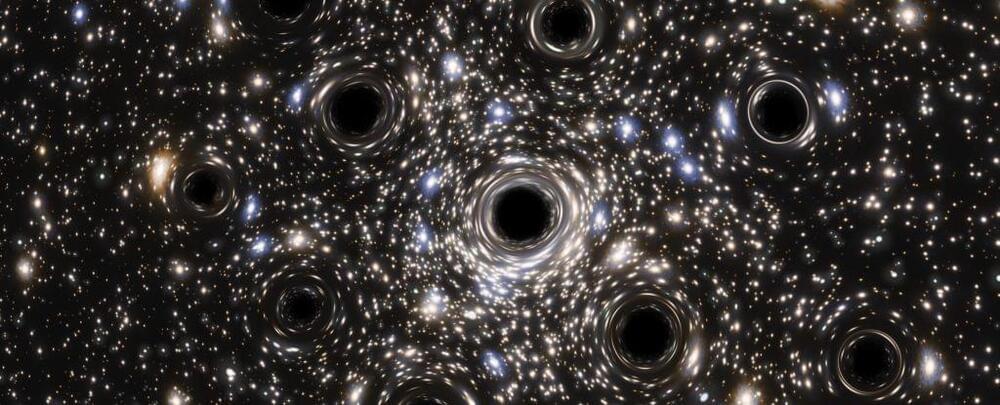Fusion-powered engines might drastically reduce travel time to the Moon and Mars.
California-based startup Helicity Space has successfully raised $5 million in a recent seed funding round.
Prominent space companies Airbus Ventures, TRE Ventures, Voyager Space Holdings, E2MC Space, Urania Ventures, and Gaingels have all invested in Helicity, according to a press release.
The start-up’s work focuses on the development of nuclear fusion propulsion technology for deep space missions. Unlike traditional chemical propulsion systems, fusion propulsion offers the potential for significantly higher energy efficiency and speed.
